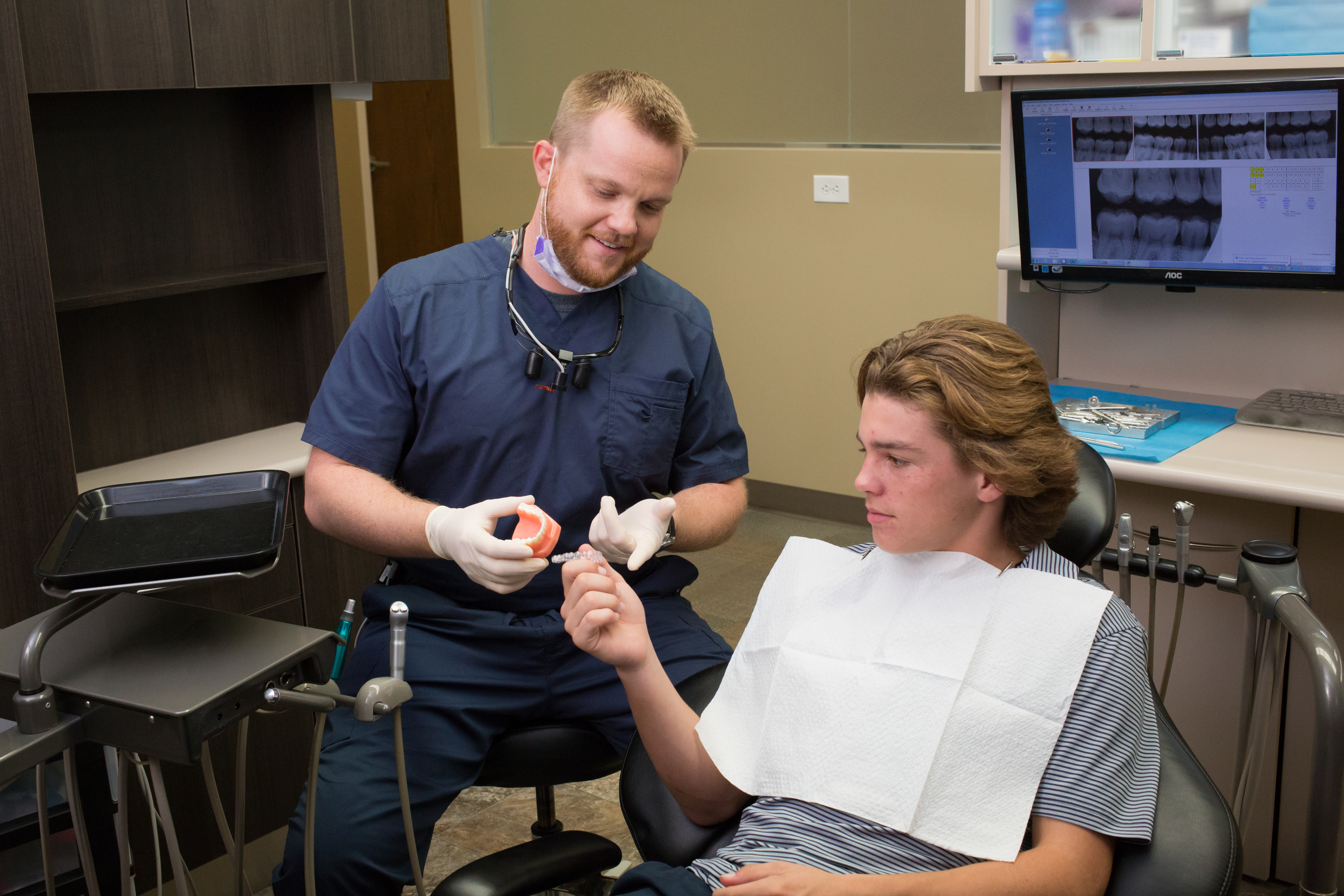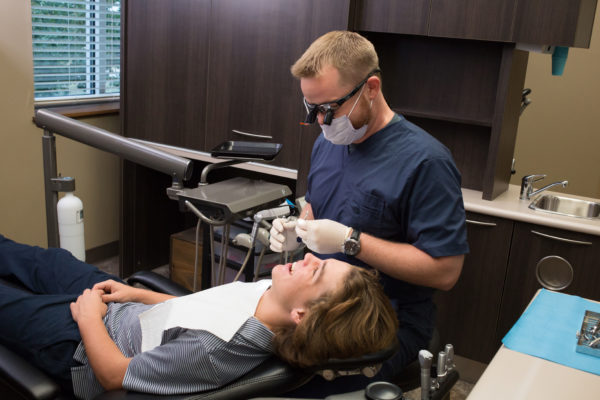One of the primary concerns people often have about traditional braces is the aesthetic impact on their smile. Especially for adults, the idea of wearing unattractive metal braces for long periods of time can be very discouraging. Invisalign® offers an almost invisible aligning system that straightens teeth quickly and contains no metal.
Invisalign® treatment consists of a series of custom-made aligning trays. During the treatment period the trays will be removed and replaced every 1-2 weeks. In addition to the reduced visual impact, Invisalign® aligning trays can be temporarily removed for important occasions – meaning that treatment duration is patient-controlled. A great number of people report complete satisfaction with both the Invisalign® treatment and the stunning results.

